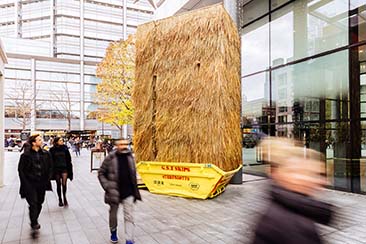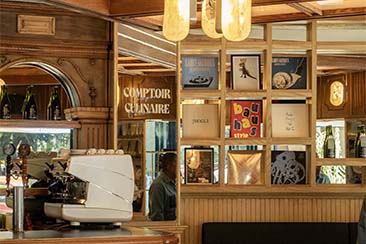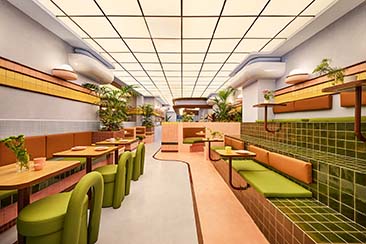Drinking fountains, hitherto known to us Brits as the gross-looking water dispensers seen in American high school corridors – usually the epicentre of all nerd bullying activity – are making their way to London as “water kiosks”. Half a dozen of the world’s top architecture firms have been asked to design a structure inspired by the original Ottoman kiosk (a three-sided garden pavilion), and the finished articles are currently on display at The Building Centre, London, until 14 March.
The challenge came from project organisers Architects’ Journal and Turkishceramics, with a brief to consider the architectural heritage of the kiosk and incorporate ceramic into the design. During the 17th Century, the Sultan paid for public water kiosks as a charitable act, providing the populace with clean drinking water. Often made of marble and elaborately decorated with tiling, the kiosk spread to Europe and was adapted in the 1800s as a temporary or mobile structure from which to sell things like newspapers. The examples produced by the likes of Zaha Hadid Architects and Allford Hall Monaghan Morris refocus on the earlier period, functioning as valuable public amenities and attractive city landmarks.
@BuildingCentre
@landofceramics
@ArchitectsJrnal
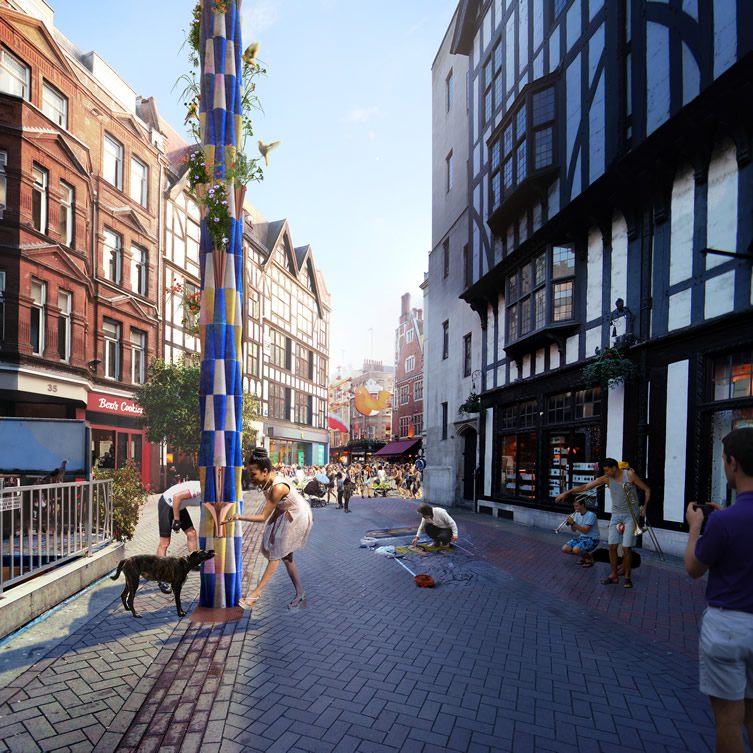
Studio Weave
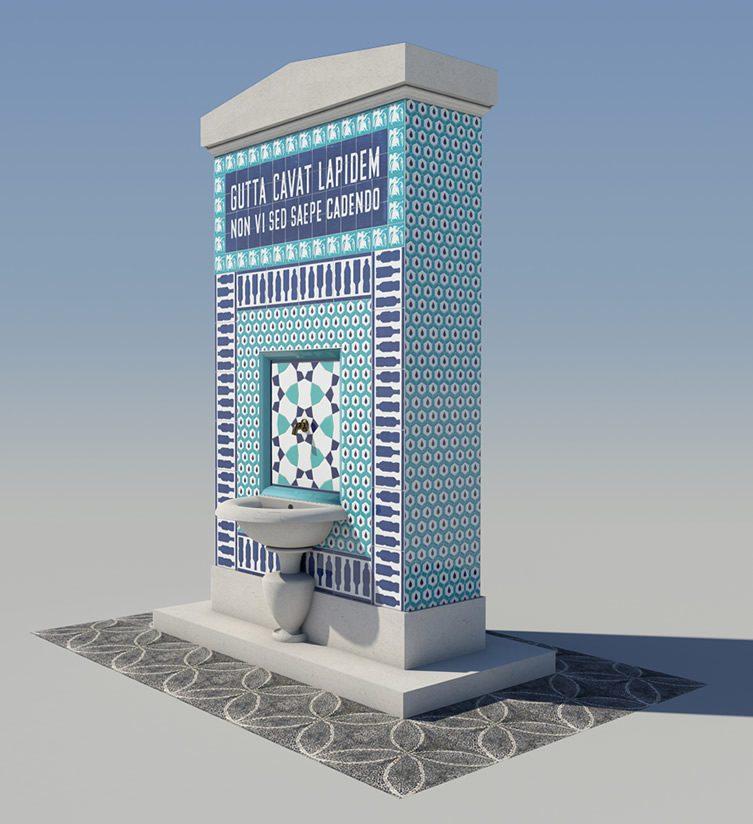
ADAM Architecture
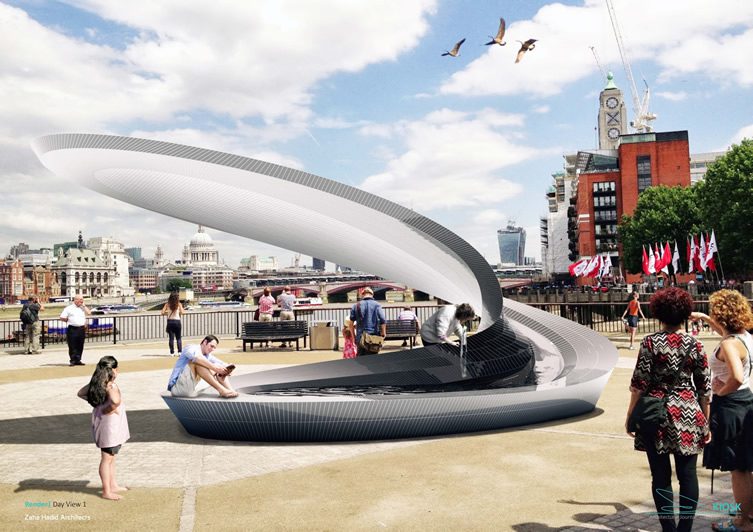
Zaha Hadid Architects
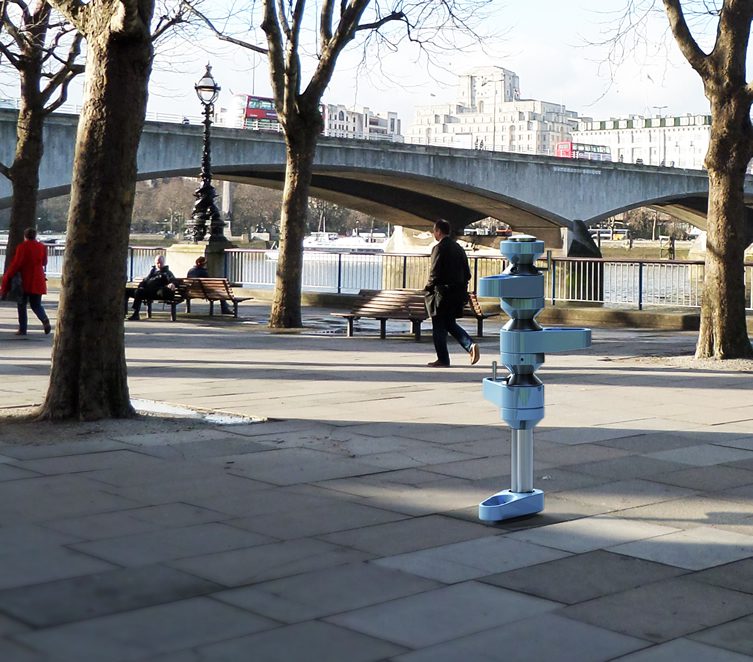
Allford Hall Monaghan Morris
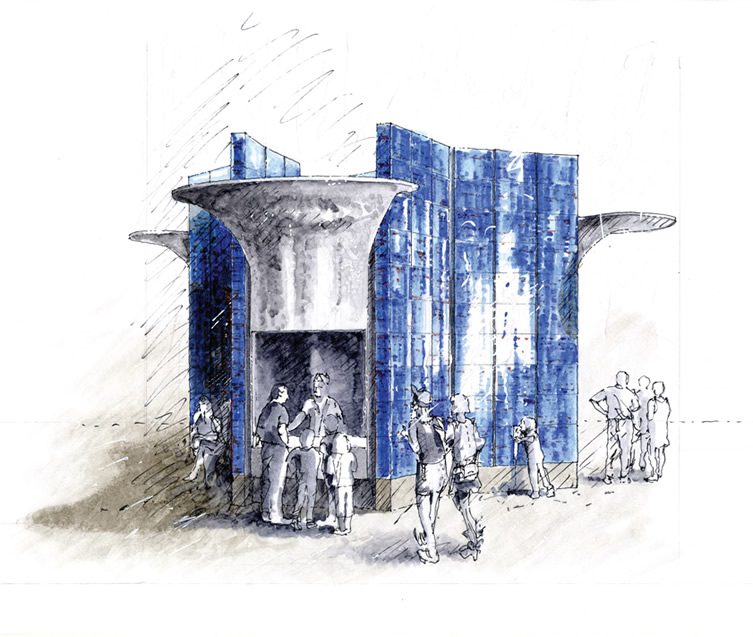
Eric Parry Architects

